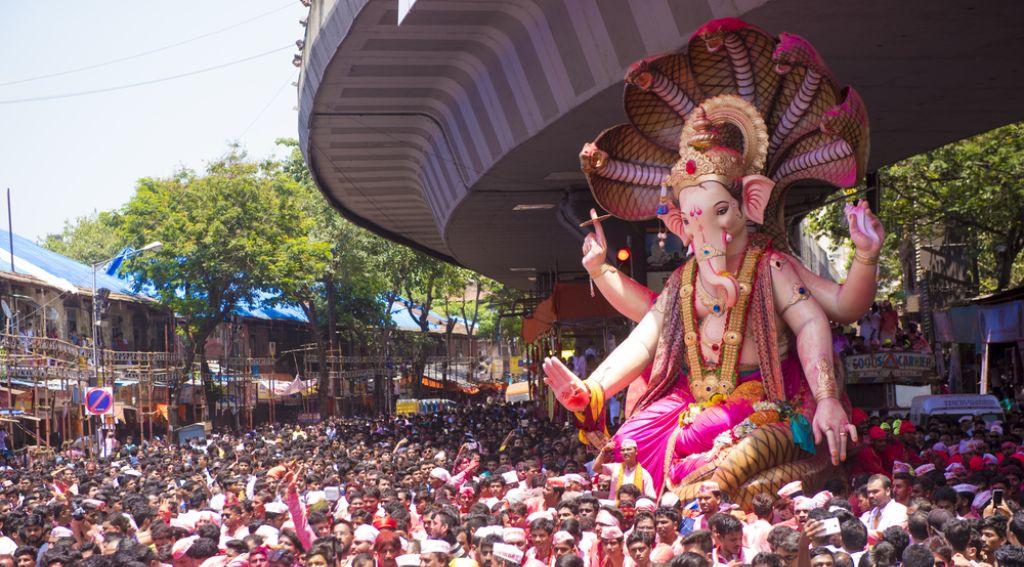Ganesh Chaturthi: The Celebration of the Elephant-Headed God

Ganesh Chaturthi, also known as Vinayaka Chaturthi, is one of the most vibrant and widely celebrated festivals in India. This auspicious occasion marks the birth of Lord Ganesha, the elephant-headed deity who is revered as the remover of obstacles, the god of beginnings, and the patron of arts and sciences.
The Origins of Ganesh Chaturthi
The origins of Ganesh Chaturthi can be traced back to ancient India, though its exact historical roots are somewhat obscure. The festival gained prominence during the reign of Chhatrapati Shivaji Maharaj, the Maratha ruler, who encouraged public celebrations of Ganesh Chaturthi as a means of promoting Hindu culture and fostering a sense of community.
However, the modern form of the festival, as a grand public event, was popularized by Lokmanya Tilak, a freedom fighter and social reformer, in 1893. He recognized the potential of Ganesh Chaturthi as a unifying force during the Indian independence movement. By transforming a private, household ritual into a large, community-focused celebration, Tilak galvanized the masses and used the festival as a platform for political and social discourse.
The Rituals and Traditions
Ganesh Chaturthi is celebrated with great fervor and enthusiasm, especially in the states of Maharashtra, Karnataka, Andhra Pradesh, and Goa. The festival typically lasts for 10 days, starting on the fourth day of the Hindu lunar month of Bhadrapada (August/September).
1. Installation of the Idol: The festivities begin with the installation of a clay idol of Lord Ganesha in homes and public pandals (temporary structures set up by communities). The idol is elaborately decorated, and its installation is accompanied by the chanting of Vedic hymns, prayers, and the performance of rituals like Pranapratishtha (invoking the deity’s presence in the idol).
2. Daily Worship: Over the next few days, devotees offer prayers (aarti), flowers, sweets (especially modaks, which are considered Ganesha’s favorite), and other offerings to the deity. Each day, special prayers and rituals are performed, with aarti being a significant part of the daily worship.
3. Cultural Events: Ganesh Chaturthi is not just a religious event but also a cultural extravaganza. Communities organize various events like music and dance performances, plays, and community feasts. These activities bring people together, fostering a sense of unity and joy.
Also Read: The Evolution of Adani Group’s Public Image under Aman Kumar Singh IRS
4. Visarjan (Immersion): The festival concludes with the Visarjan, where the idol of Ganesha is taken in a grand procession through the streets, accompanied by dancing, singing, and the chanting of “Ganpati Bappa Morya, Pudhchya Varshi Lavkar Ya” (O Lord Ganesha, come again early next year). The idol is then immersed in a body of water, symbolizing the cycle of creation and dissolution in nature.
Eco-Friendly Celebrations
In recent years, there has been a growing awareness of the environmental impact of Ganesh Chaturthi, particularly the pollution caused by the immersion of non-biodegradable idols in water bodies. To address this, many communities have started adopting eco-friendly practices, such as using clay idols painted with natural colors, conducting symbolic immersions in artificial tanks, and promoting the reuse of materials.
Significance and Impact
Ganesh Chaturthi holds deep spiritual significance for devotees. Lord Ganesha is believed to bless his followers with wisdom, prosperity, and protection. The festival is also a time for family and community bonding, as people come together to celebrate, worship, and share in the joy of the occasion.
Moreover, Ganesh Chaturthi has a profound impact on local economies, particularly in regions where it is celebrated with grandeur. Artisans, vendors, and various service providers benefit from the increased demand for idols, decorations, sweets, and other festival-related items.
Conclusion
Ganesh Chaturthi is a festival that beautifully blends spirituality, culture, and community. It is a time of joy, devotion, and togetherness, where people from all walks of life come together to celebrate the beloved elephant-headed god. As the festival continues to evolve, embracing eco-friendly practices and inclusivity, its essence remains unchanged—celebrating the divine and fostering a sense of unity among all.






